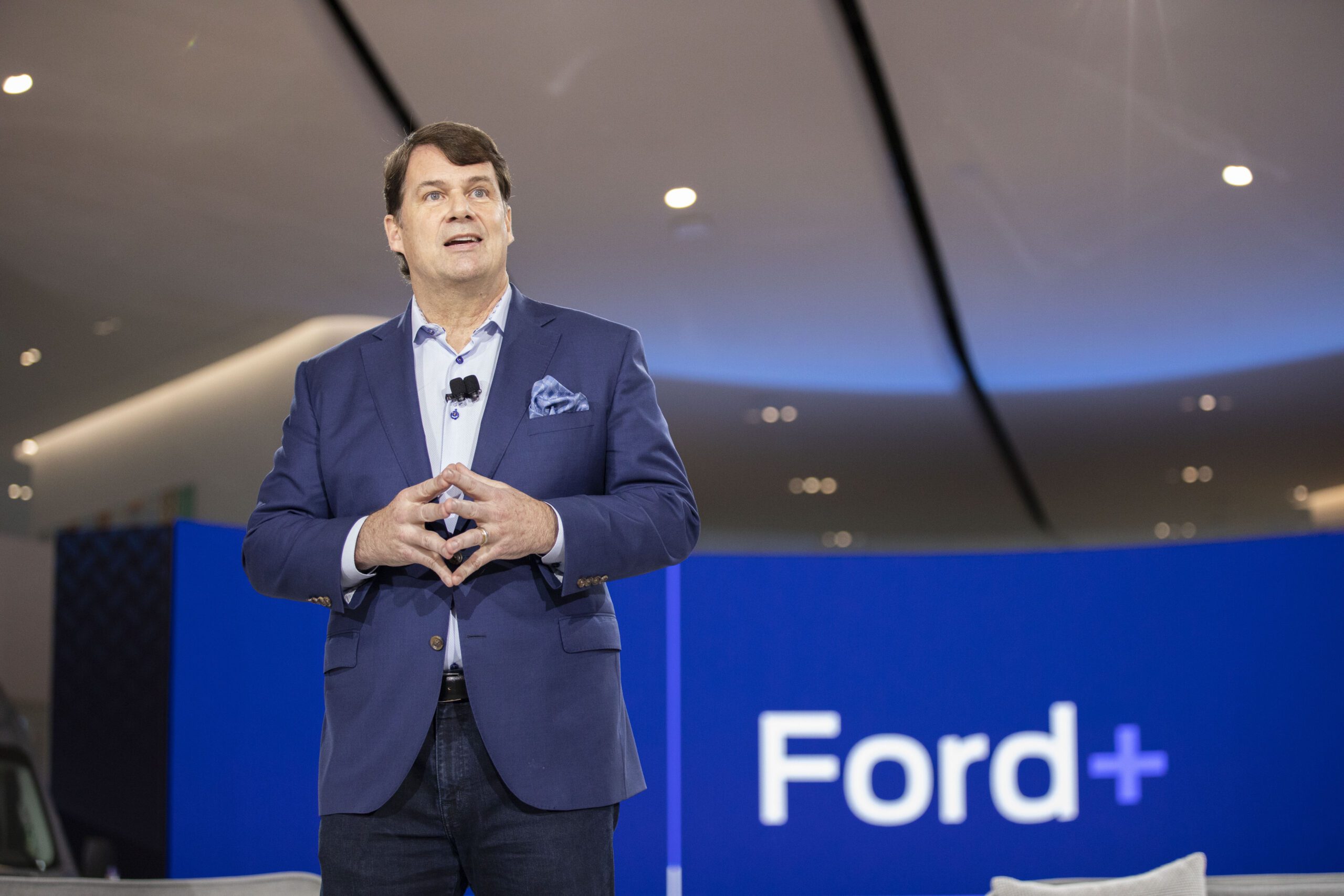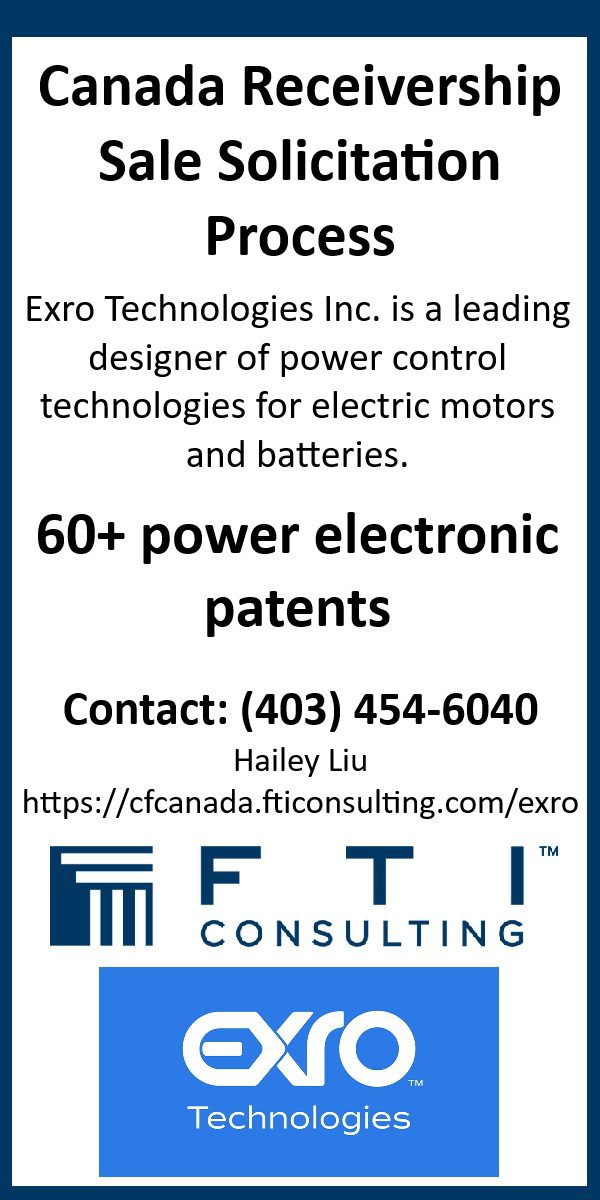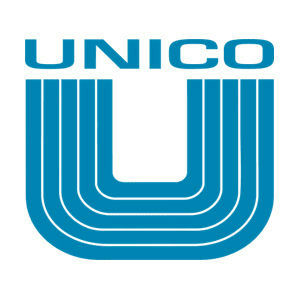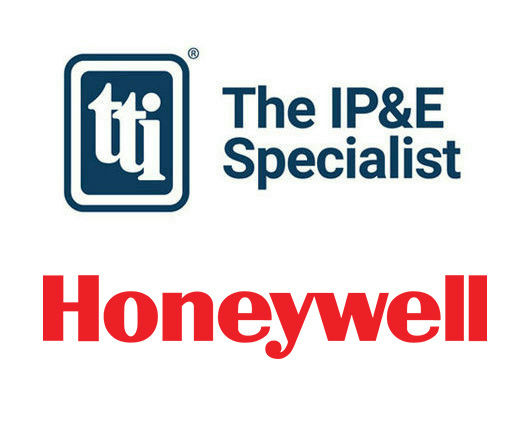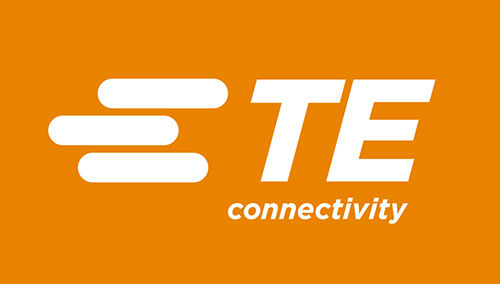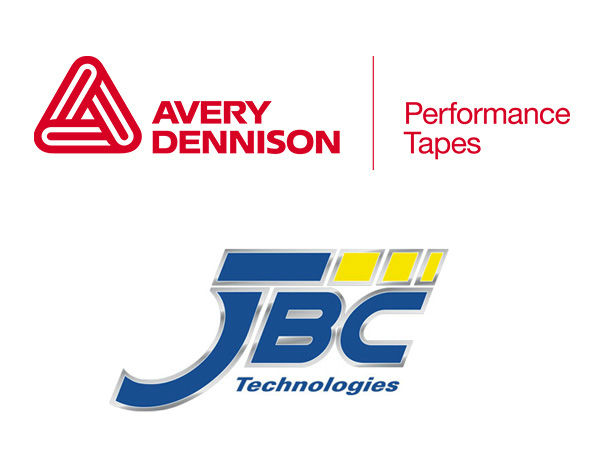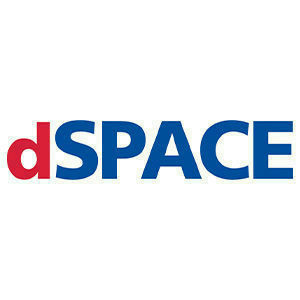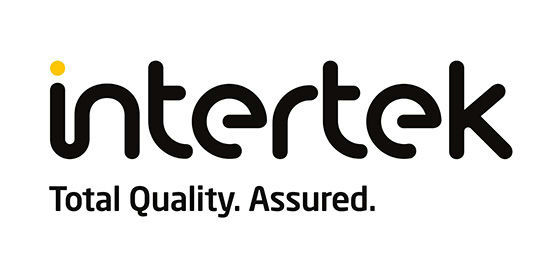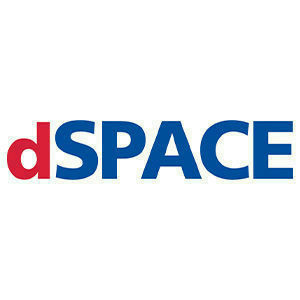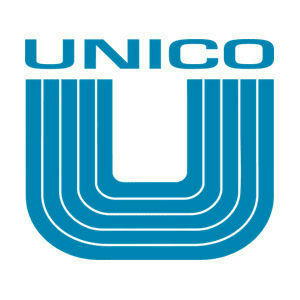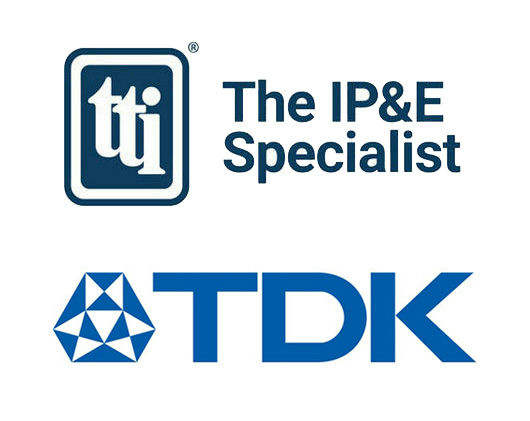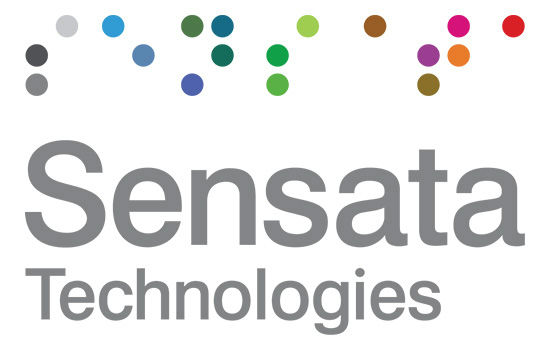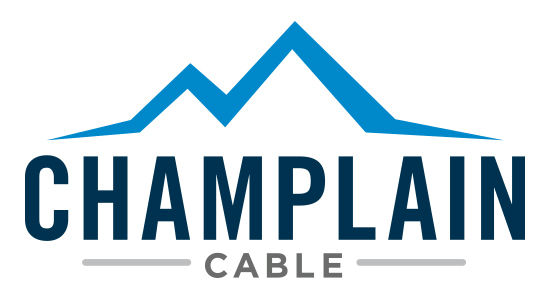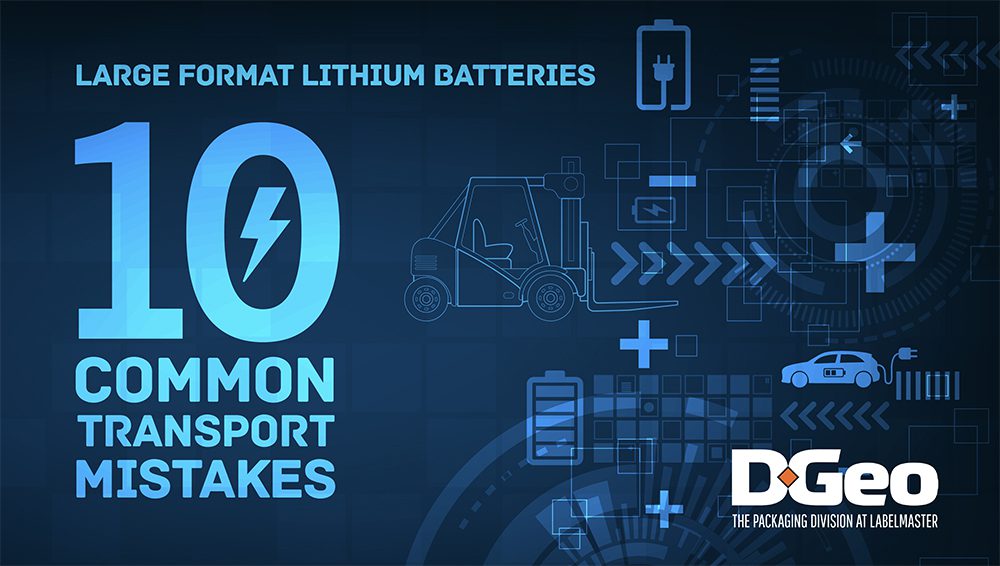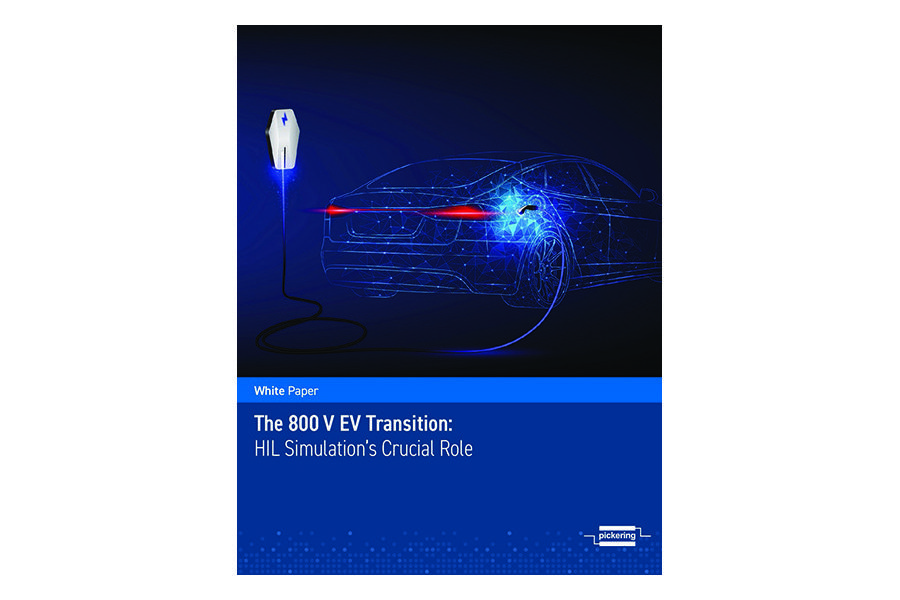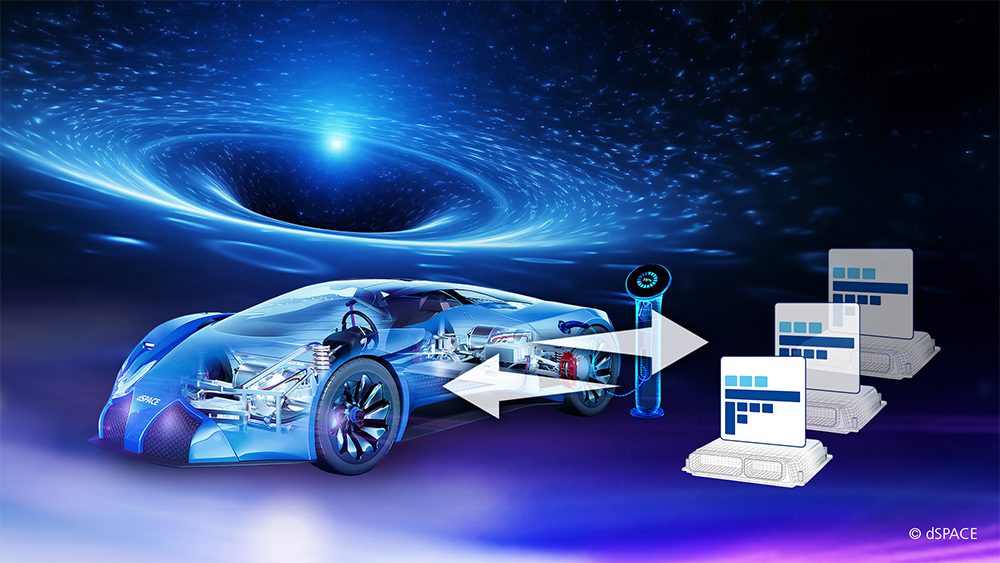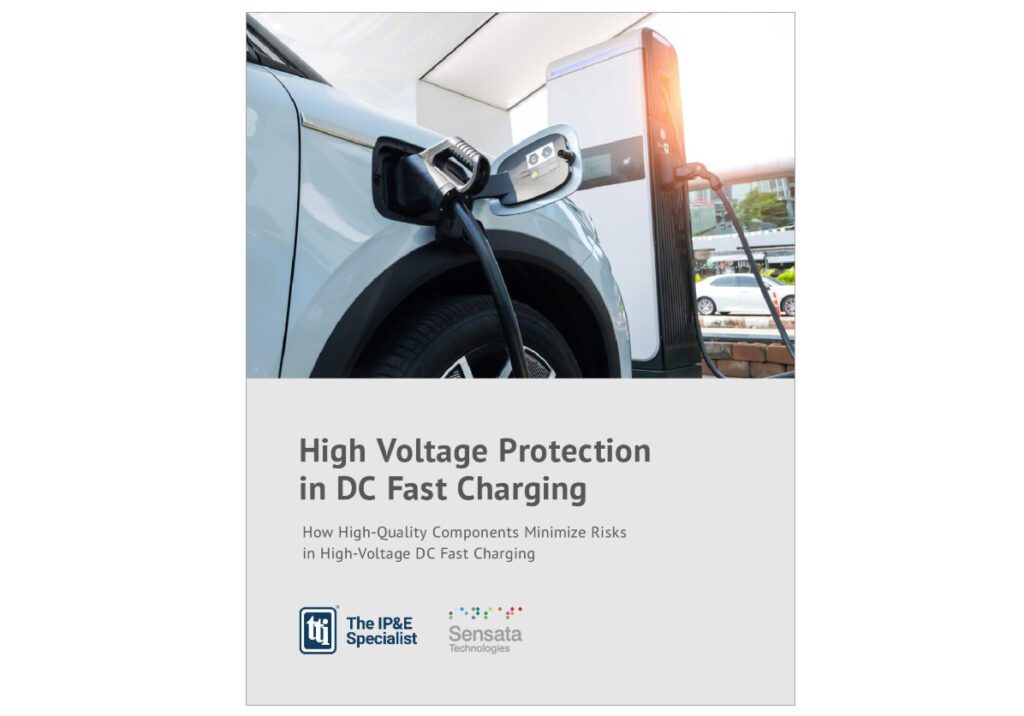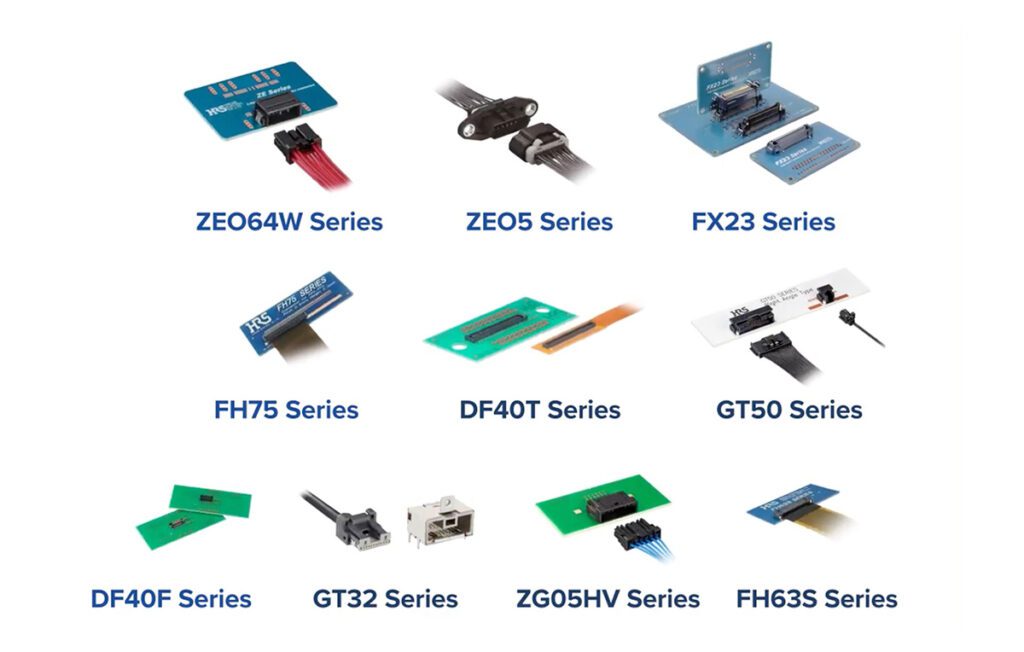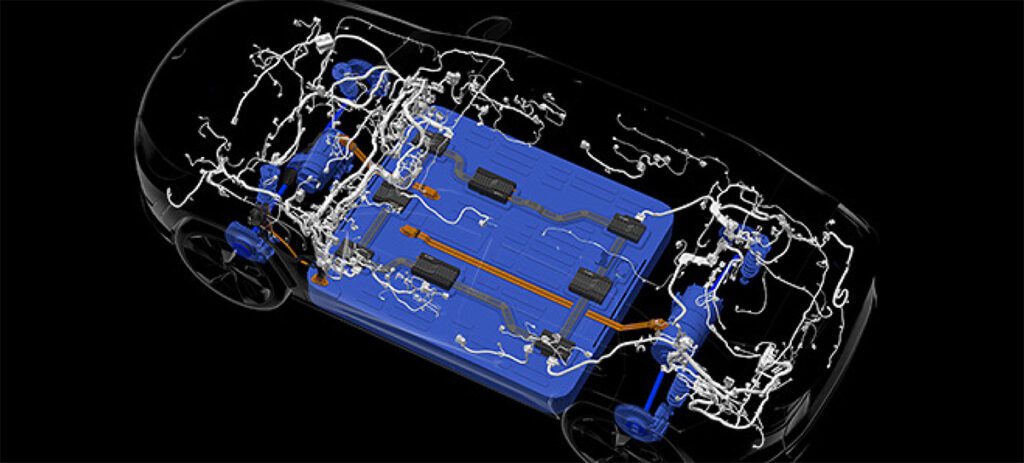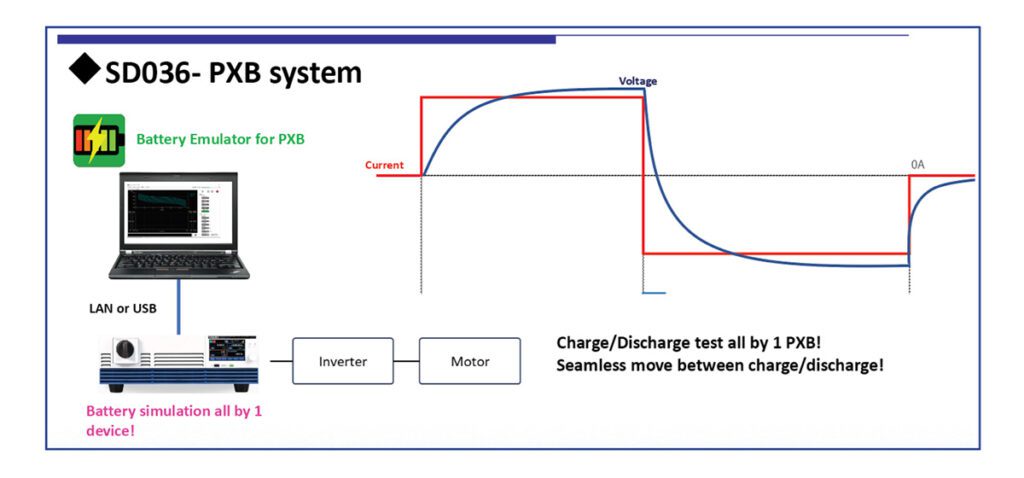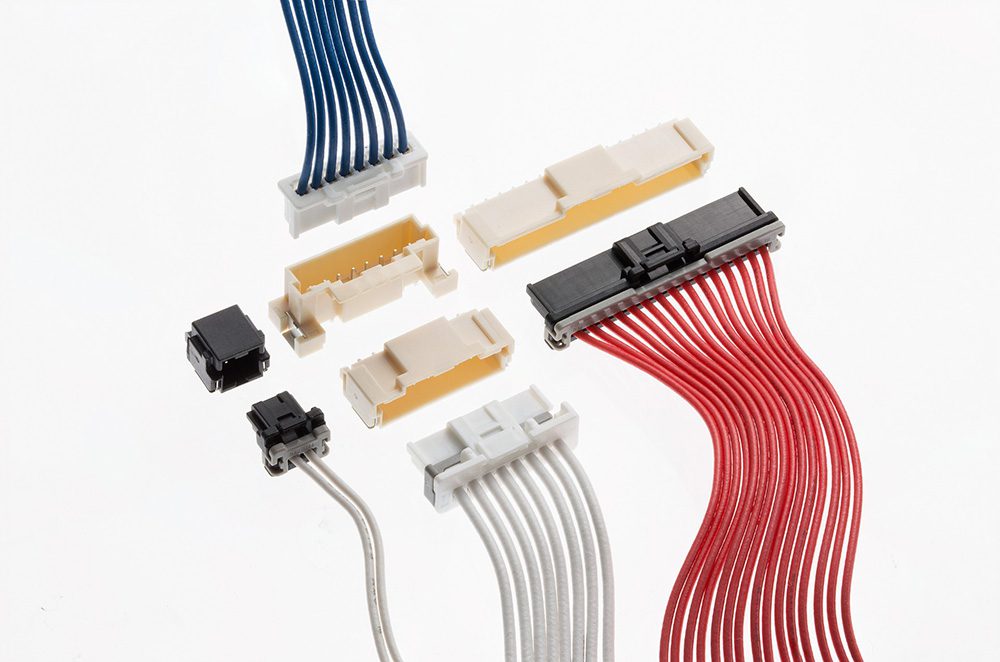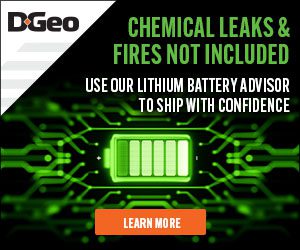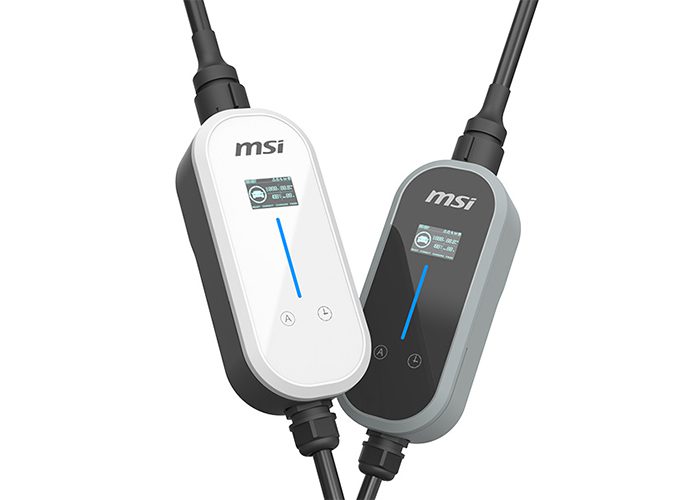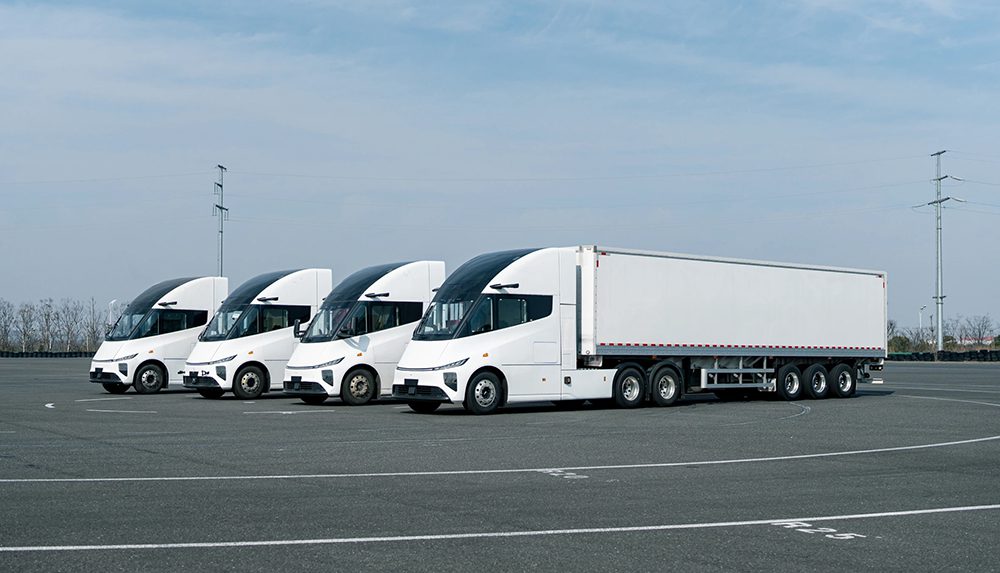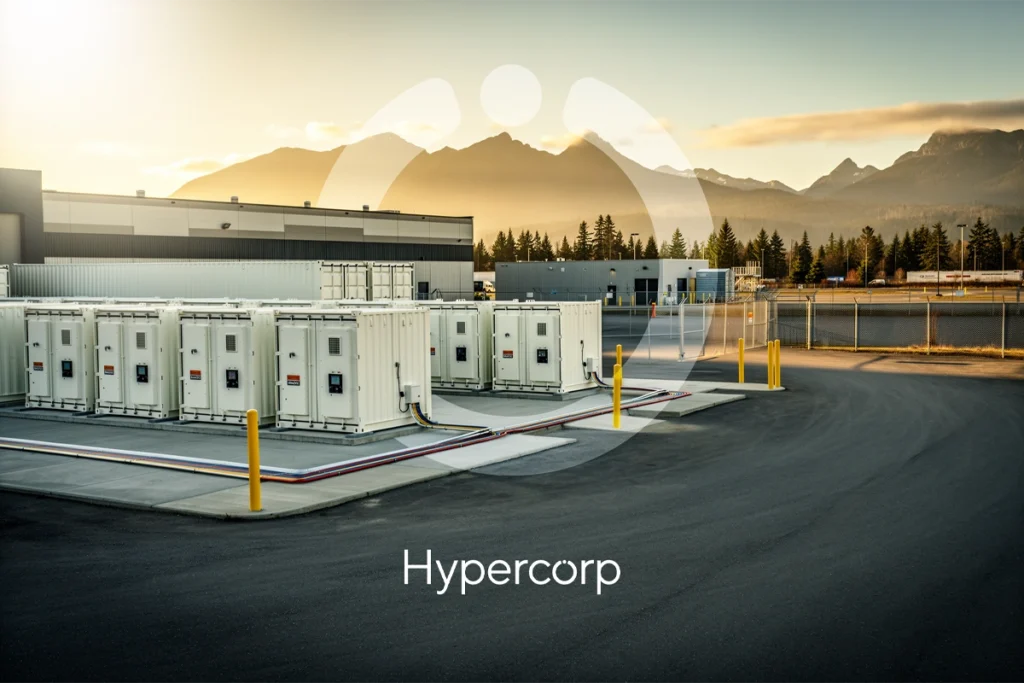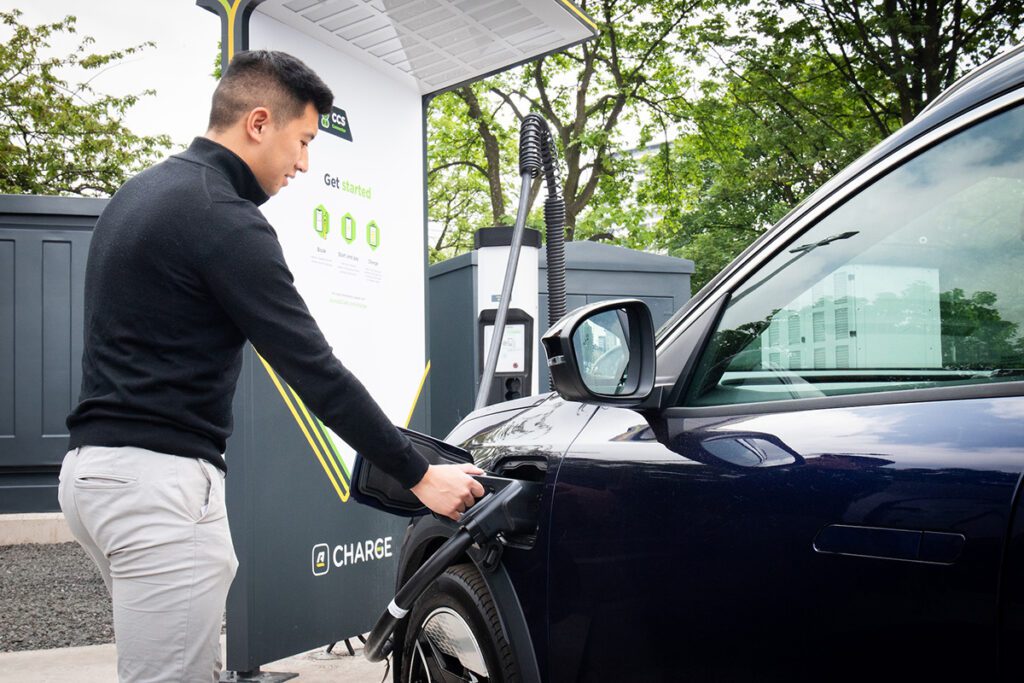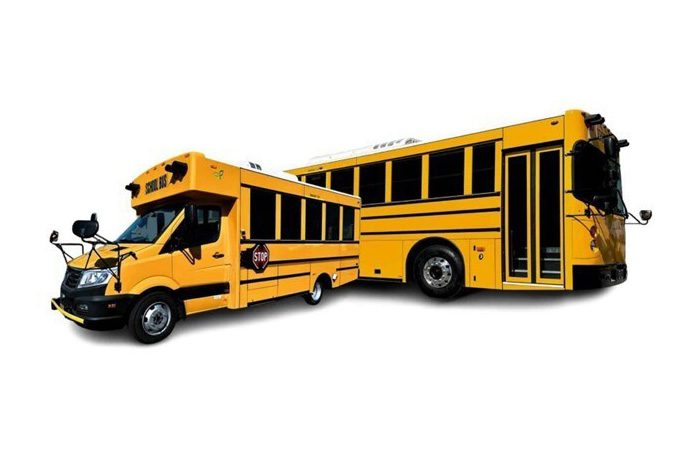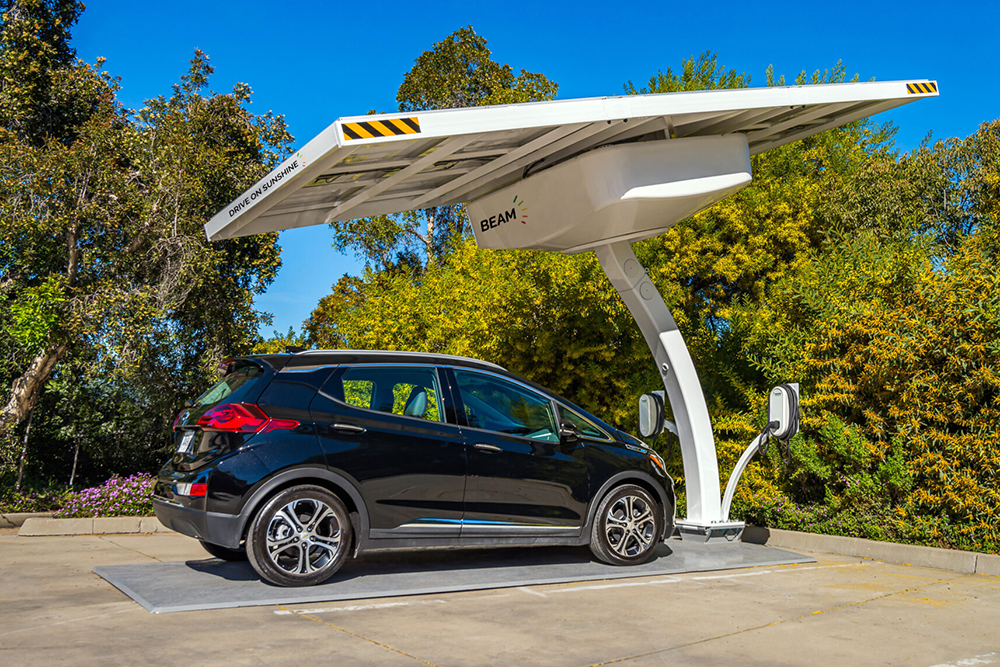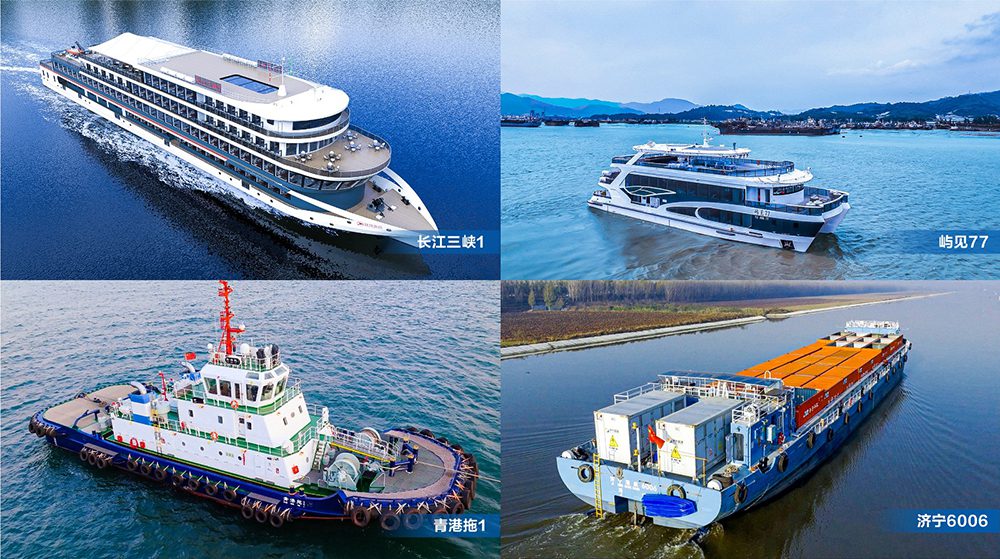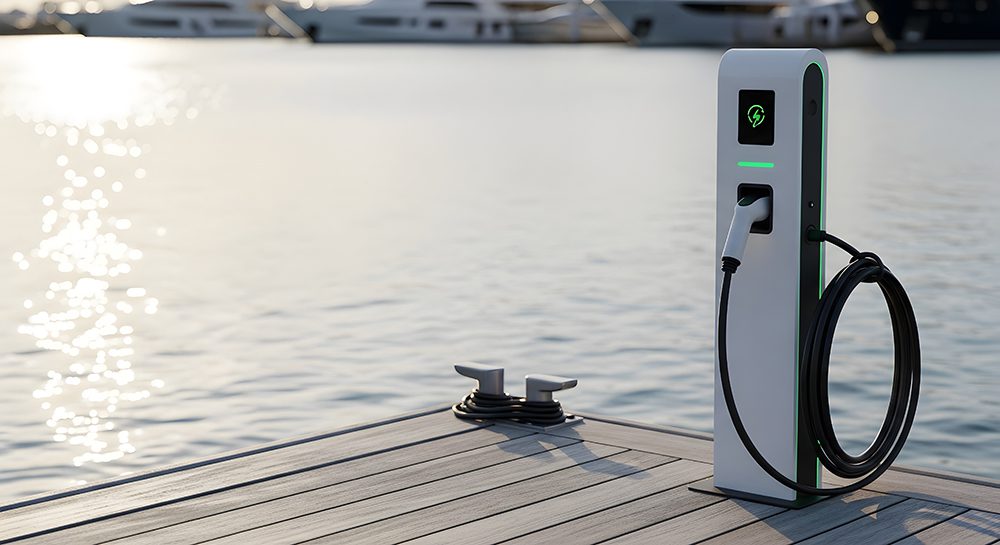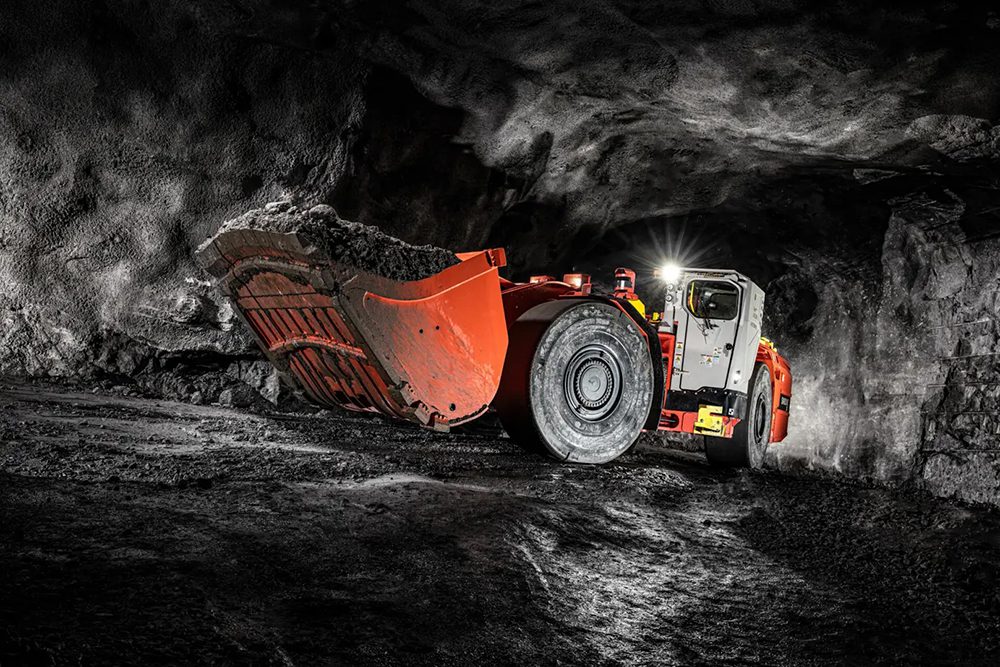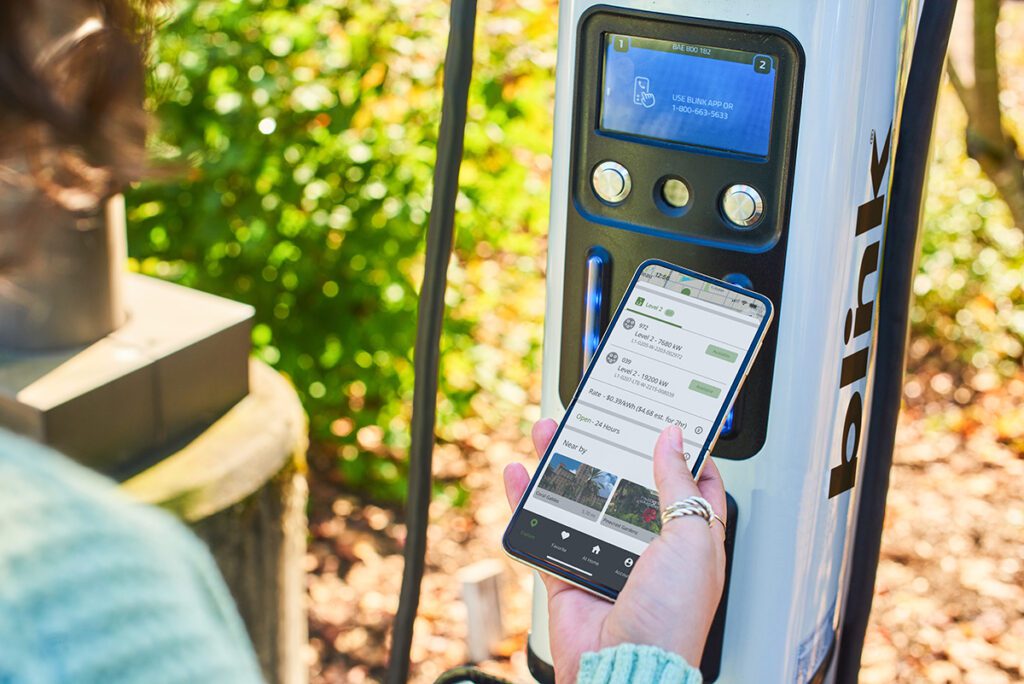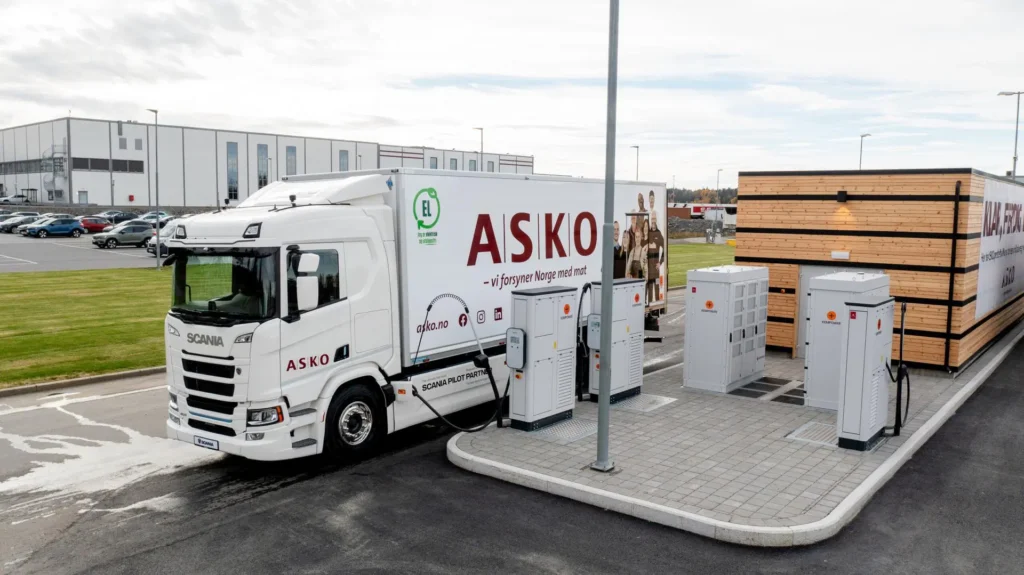Ford CEO Jim Farley is no stranger to EVs—before he joined Ford, he worked at Toyota, and was deeply involved in bringing the Prius to the US market. In a wide-ranging recent interview with Fully Charged’s Robert Llewellyn, Farley talks about how he is shepherding his company through the process of electrification.
Farley understands that it will be a long process—comparing vehicle electrification to a baseball game, he says we’re currently in the second inning. Ford’s next generation of EVs will be “more targeted,” and the company will blaze a different electrification path than other automakers.
“What we’ve learned about EVs is that it’s not about the propulsion system—it’s about what we do outside of the propulsion system, and also the software,” Farley tells Llewellyn. Ford’s first-generation EVs were “analog products,” whereas the next wave of EVs will be “digital products.”
Some other automakers are announcing large numbers of EV models designed to address a wide range of market segments, but Farley says Ford will focus on commercial vehicles, crossovers, pickup trucks and high-performance vehicles. “We don’t want to make commodity products. We want to participate in the parts of the market where Ford knows the customer really well and we can innovate on their behalf.”
You’d think that no one knows more about pickup truck customers than Ford, but it seems that an old dog can sometimes learn a new trick. Ford has found that the main attraction for F-150 Lightning buyers, half of whom are buying a full-size truck for the first time, is the vehicle’s power export feature. “We didn’t know that a mobile battery on a worksite was going to be that evocative,” says Farley. “The exportable power turns out to be the main reason people are excited about the Lightning.”
People also like the lockable Megafrunk—a unique feature on a pickup truck. “We found out that what people find interesting about [the F-150 Lightning] isn’t the propulsion system. That’s cool, but what’s really differentiating about it is the other stuff.”
Of course, this echoes a truism about car buyers that Tesla demonstrated a decade ago. Except for a small number of greenies, nobody cares about emissions or gas mileage—but a car with lots of cargo space that can do 0-60 mph in record time, now that’s an act you can book!
Here’s another lesson Farley & Co have learned from Tesla. When it comes to software, the systems used by Ford (and other legacy automakers) are “crazy.” Farley freely admits that it’s “difficult for legacy car companies to get software right.” (Yes, he used the term “legacy car companies.”)
“We farmed out all the modules that control the vehicles to our suppliers, because we can bid them against each other [for price]…We have about 150 modules with semiconductors all through the car. The problem is that the software is written by 150 different companies. And they don’t talk to each other.
“That’s why, at Ford, we decided for our second-generation [EVs] to completely insource electrical architecture. To do that you need to write all the software yourself. But car companies haven’t written software like this, ever. We’re literally writing the software to operate the vehicle for the first time ever.
“I had to split the company into three pieces, because I kept watching our ICE engineers try to figure out how to do over-the-air updates, or change the software for the vehicle [but] they’re not software people. So we had to attract new talent.”
Traditional auto industry know-how is still important, however, “You can get the best software person from Apple, but they don’t know anything about safety-critical systems. You don’t want to fire an air bag off the cloud….so you need a mix of traditional people, but you’ve got to make that decision.”
“It’s shocking to me how many [automakers] are sticking with very old electrical architectures and software from a confederacy [of vendors]. That will never work. No matter how many software engineers they hire, the code’s not going to work.”
Farley discusses a number of other issues, including Ford’s strategy to build a domestic supply chain for raw materials and components. He seems to have a clear view of the challenges that electrification presents (“building battery cells in high quality at high scale is much harder than we thought”) but unlike some other automakers we could name, Ford isn’t insisting that it needs to stick with the last century’s technology, nor whining to governments for more subsidies. The company is restructuring to meet the challenges, and much of this appears to involve more vertical integration—in a sense a return to the days of Henry Ford.
Toyota and other high-volume brands are struggling with electrification, and Farley sees this as a golden opportunity for Ford to expand its market share. “In the EV world, it’s an open playing field…but we have to bring our A game. It’s a chance to really grow.”
Source: Fully Charged




